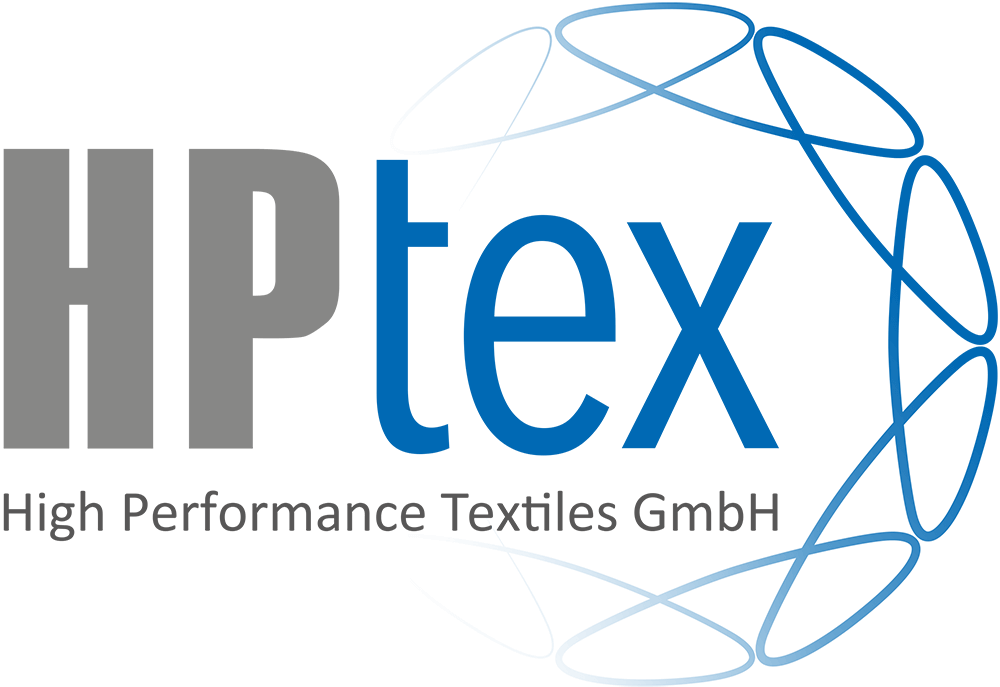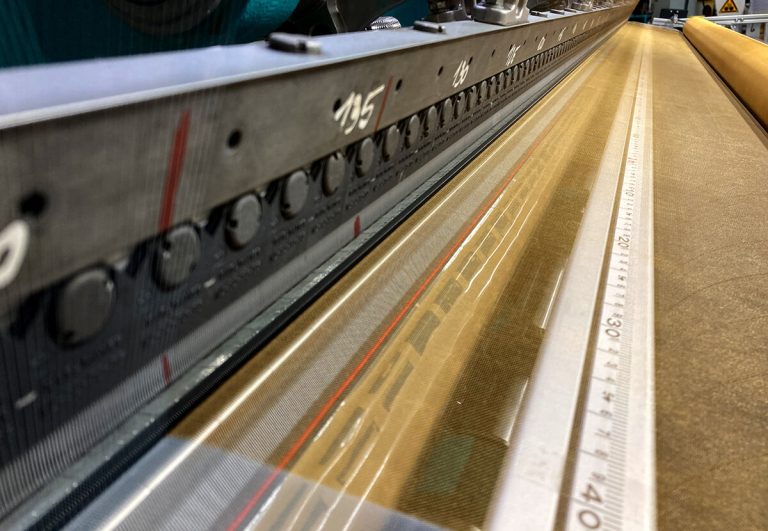Largest joint innovation project in European spaceflight: Kick-off Phase C/D for the large deployable antenna “LDRS” in the CIMR project
MESH exclusively provided by HPtex, Münchberg
Since the spectacular win of the €110 million contract in 2020 for the development and construction of an LDRS (Large Deployable Reflector Subsystem), the project supporting to secure a sovereign European level of innovation has been running like on rails despite all its complexity. The confidence of the end customer ESA and its prime contractor TAS-I for the mission, which has grown steadily over the course of the project’s development, has now found expression in the sealing of the departure into Phase C/D by the signing of the so-called “RIDER” for the construction and testing of an Engineering Qualification Model (EQM) in 2023/2024, followed by no less than two flight models (PFM and FM2).
One of the supporting technology pillars of the innovation project is, in addition to other innovation partners, HPtex with its metallic mesh production for the deployable reflector assembly. Now, with the C/D-RIDER in February 2023, the preparation for the production of the 8m-diameter EQM-mesh for the application up to Ka-band has been initiated.
Timo Piwonski, CEO of HPtex-partner IPROTEX, commented: “This latest milestone in European ambitions for non-dependency in LDRS-technology was reached also our contribution of HPtex, Münchberg. Here in Bavaria, we meanwhile operate Europe´s center of gravity in high end mesh production for the world market on any kind of deployable antennas”.
The Environmental Observation Mission under the Copernicus Earth Observation Program of the European Union is an essential element of the European Space Strategy as a highly ambitious project in the field of climate observation and the understanding of effects of climate change. The CIMR mission targets in a new dimension of accuracy the observation of the change and movements of icy pole caps of the Earth, as well as the water around.

